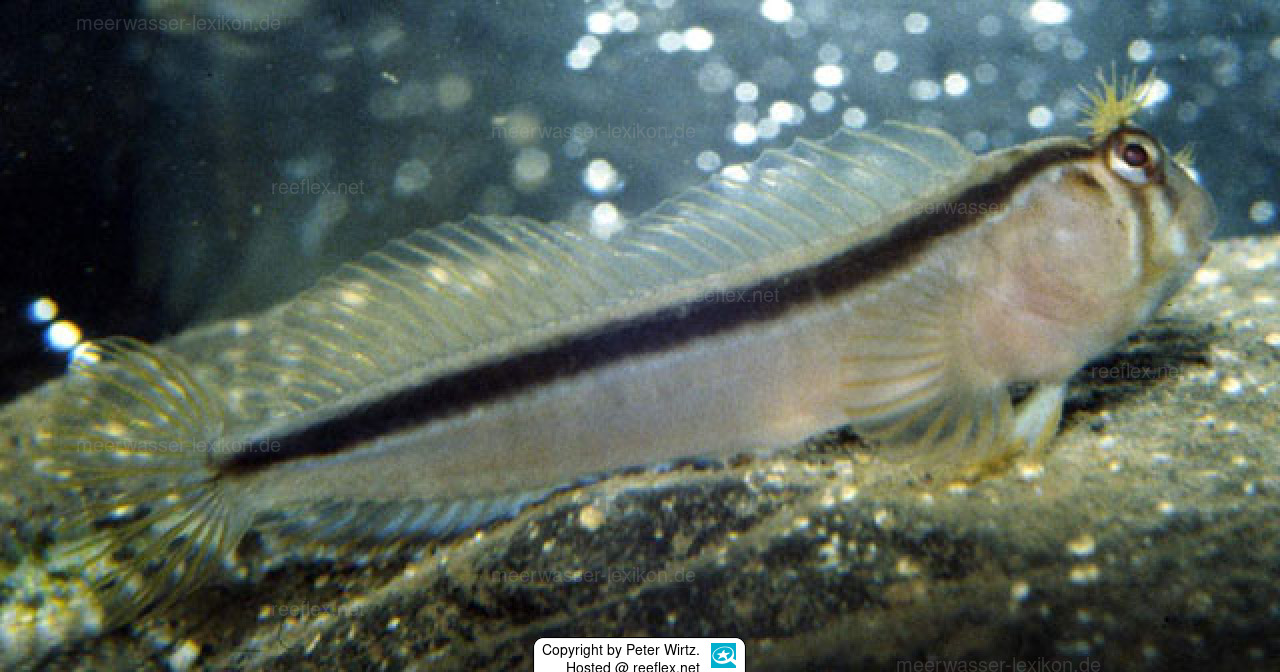Info
(Griffin, 1926)
Distribution
Southwest Pacific: New South Wales in Australia, New Zealand, and Kermadec Islands.
Biology
Inhabits clear coastal reefs, on vertical rock faces with narrow cracks and sea urchins.
Feeds by browsing on copepods, mollusk eggs and hydroids on the bottom.
Oviparous. Eggs are demersal and adhesive.
Synonymised taxa:
Blennius laticlavius Griffin, 1926
Jumping guard
A jumping guard prevents (nocturnal) fish from jumping out.
Wrasses, blennies, hawkfishs and gobies jump out of an unprotected tank in fright if their night rest is disturbed, unfortunately these jumpers are found dried up in the morning on carpets, glass edges or later behind the tank.
https://www.korallenriff.de/en/article/1925_5_Jump_Protection_Solutions_for_Fish_in_the_Aquarium__5_Net_Covers.html
A small night light also helps, as it provides the fish with a means of orientation in the dark!
Distribution
Southwest Pacific: New South Wales in Australia, New Zealand, and Kermadec Islands.
Biology
Inhabits clear coastal reefs, on vertical rock faces with narrow cracks and sea urchins.
Feeds by browsing on copepods, mollusk eggs and hydroids on the bottom.
Oviparous. Eggs are demersal and adhesive.
Synonymised taxa:
Blennius laticlavius Griffin, 1926
Jumping guard
A jumping guard prevents (nocturnal) fish from jumping out.
Wrasses, blennies, hawkfishs and gobies jump out of an unprotected tank in fright if their night rest is disturbed, unfortunately these jumpers are found dried up in the morning on carpets, glass edges or later behind the tank.
https://www.korallenriff.de/en/article/1925_5_Jump_Protection_Solutions_for_Fish_in_the_Aquarium__5_Net_Covers.html
A small night light also helps, as it provides the fish with a means of orientation in the dark!







 Prof. Dr. Peter Wirtz, Madeira
Prof. Dr. Peter Wirtz, Madeira























